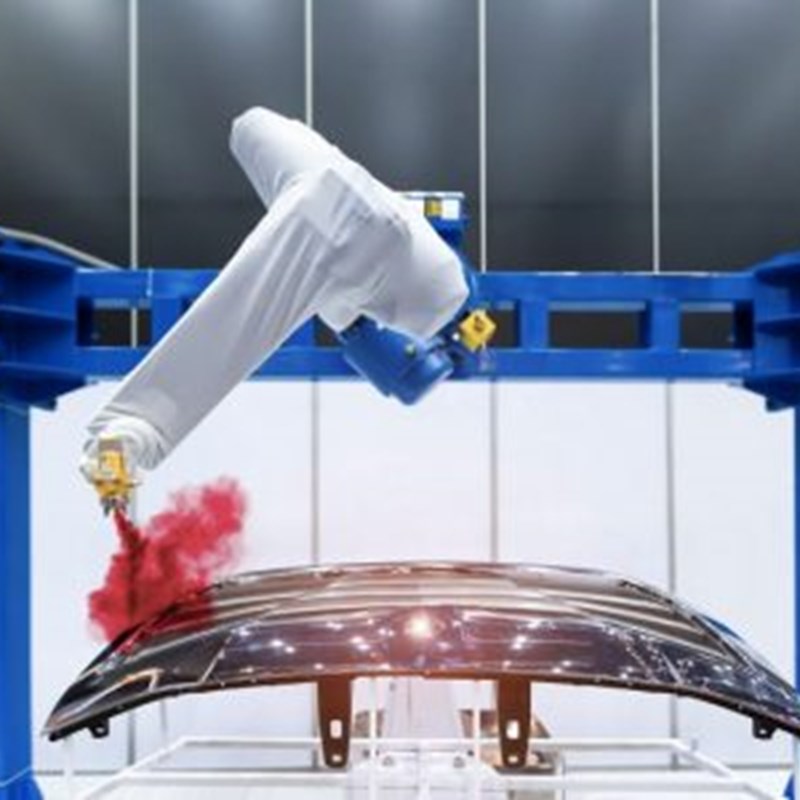
Automation and digitalisation are improving visibility throughout the production line and beyond, helping to optimise supply chain management, disrupting maintenance models, and facilitating customisation on a mass scale.
Although the impact of a connected production line on manufacturing processes and customer experience is proving positive so far, there are challenges resulting from the implementation of technology around improved product quality and increasing product lifespan.
This applies to OEMs supplying machinery and parts to manufacturers themselves, as well as to consumer goods.
Improved efficiencies and increased pressures affecting profit margins mean that manufacturers are keen to avoid outages or downtime caused by breakdowns or required maintenance on production lines. Real-time data collection and on-the-edge analysis to monitor performance and identify potential bottlenecks before they happen have led to improved service levels and a shift in the maintenance model delivered in the digital factory.
The logical step for OEMs offering predictive or even prescriptive maintenance models is to move to providing Everything as a Service (XaaS), particularly for high-cost industrial machinery. As manufacturers make the move away from CAPEX-based business models, they are looking to suppliers to provide them with alternatives to traditional purchasing options. Incorporating Industrial IoT Technology into machinery means that OEMs can provide over-the-air (OTA) updates and remote maintenance, reducing the risk of downtime or outages, and simplifying maintenance processes.
XaaS doesn’t just apply to industrial machinery, however. Improved quality and longer product lifecycles mean that consumers no longer need to buy replacements or send away for expensive repair parts for their white goods, for example. This leads to a significant reduction in repeat purchasing, so in order to maintain customer relationships, manufacturers and retailers must offer some kind of service-based solution which in turn optimises the post-purchase customer experience.
Delivering products such as White Goods as a Service allows consumers to take advantage of remote maintenance solutions, easily upgrade to newer models if required, and potentially save money on utility bills driven by data collected from connected products. Consumers pay a monthly or annual subscription instead of making a one-off purchase, and retailers or manufacturers benefit from access to valuable data around usage and efficiency, enabling them to incorporate insights into future product design.
To find out more about XaaS, download the Arkessa Manufacturing Whitepaper here.